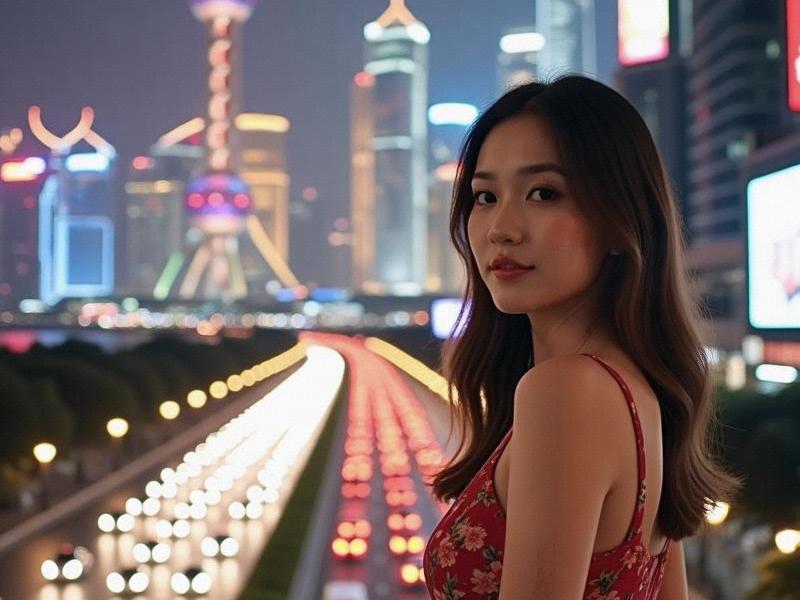This 2,500-word investigative feature explores how Shanghai's high-end entertainment clubs have evolved into sophisticated business-social hybrids that reflect the city's unique position between Eastern traditions and Western influences.

Section 1: The Historical Context
1. From Jazz Age to Reform Era:
- 1930s dance hall culture revival
- Early reform era karaoke revolution
- WTO entry's impact on nightlife standards
- The 2010 Expo's hospitality legacy
2. Geographic Distribution:
- The Bund's heritage venues
- Former French Concession speakeasies
- Pudong's corporate clubhouses
- Hongqiao's diplomatic circuit
Section 2: The Modern Ecosystem
上海龙凤论坛419
1. Business Models Decoded:
- Membership tier structures
- Celebrity investor phenomena
- F&B revenue vs. service packages
- Corporate partnership networks
2. Design Philosophy:
- Neo-art deco interiors
- Technology integration trends
- Feng shui considerations
- Security system innovations
Section 3: Cultural Significance
上海龙凤千花1314
1. Social Functions:
- Business deal incubation spaces
- Expat community hubs
- Luxury brand activation platforms
- Creative industry networking
2. Regulatory Landscape:
- Licensing system explained
- Noise pollution controls
- Alcohol service restrictions
- Pandemic recovery measures
Section 4: Future Trends
上海品茶网
1. Emerging Concepts:
- Sober entertainment spaces
- Cultural performance hybrids
- Members-only coworking clubs
- AI-enhanced guest services
2. Sustainability Challenges:
- Labor market pressures
- Neighborhood gentrification
- Succession planning
- Digital competition
Conclusion: The Shanghai Formula
As the city positions itself as Asia's nightlife capital, its elite clubs continue to evolve beyond mere entertainment venues into complex socioeconomic institutions that both reflect and shape Shanghai's unique urban character - provided they can navigate the tightening balance between commercial ambition and regulatory compliance.